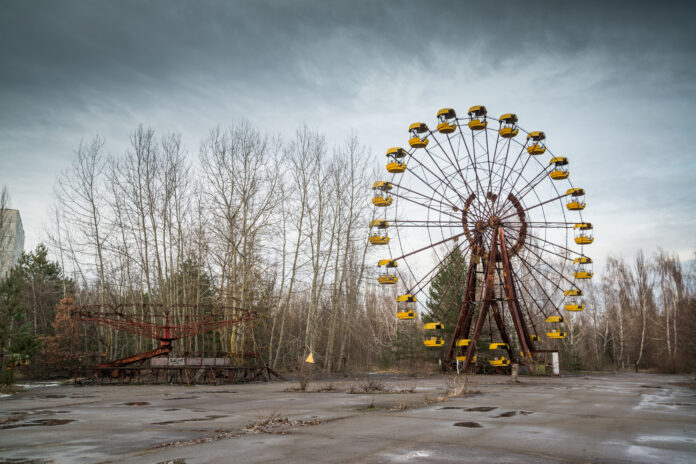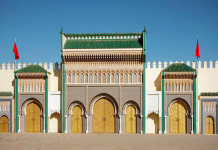Tired of beach vacations and of treading the same old tourist trail? Many people are opting for a more solemn—some might say macabre—alternative and visiting the sites of some of the world’s most terrible disasters and mass killings.
Known academically as “Thanatourism,” dark tourism involves visiting destinations linked with tragedy, death and destruction. Locations with a bloody past have always been surprisingly popular—think Gettysburg or the Tower of London—but the trend really took off in the 2010s.
Some of the world’s leading dark tourism hotspots are:
- Chernobyl
- Murambi Genocide Memorial, Rwanda
- Hiroshima
- 9/11 Memorial and Museum
- Auschwitz-Birkenau
- Choeung Ek Genocidal Center, Cambodia
- Pompeii, Italy
What’s the Fascination With Dark Tourism Destinations?
John Lennon and Malcolm Foley, researchers at Scotland’s Glasgow Caledonian University, coined the term “dark tourism” back in 1996. Lennon said it’s human nature to be fascinated by such sinister sites.
“As a race, we are intrigued by the very worst we can be,” he told Newsweek. “This is reflected in our taste of consumption in many forms, whether it’s film, TV series or books.”
Netflix even released a documentary series on the subject in 2018—Dark Tourist—but despite its popularity, dark tourism is controversial. Many advocates highlight the historical significance of dark tourism destinations, whereas others see the trend as unethical, particularly when tied with selfie culture and thrill-chasing.
Lennon believes these sites have their purpose, especially from a conservation perspective, but is uncomfortable with the commodification or glorification of certain destinations.
He said: “Sometimes, these sites are all an individual will discover of this history. Preserving them is important.
“But tourism can be politicized and there is a spectrum of acceptable to unacceptable.
“On one end, you have these very important and iconic sites, at the other, there [are sites with] a very clear commercial ethos that can be less than tasteful.”
Whether you’re a dedicated dark tourist or are looking for a different kind of vacation experience, these disturbing museums and memorials are visited by thousands of people every year.
A ferris wheel in Pripyat’s abandoned amusement park. In 2019, 124,423 people visited the Chernobyl Nuclear Power Plant and the surrounding exclusion zone.
Pe3check/iStock/Getty Images Plus
Chernobyl, Ukraine
Before Russia’s invasion of Ukraine, the Chernobyl nuclear power plant—site of the world’s worst nuclear disaster—and the surrounding exclusion zone was one of the world’s most popular dark tourism destinations.
Thirty people died after one of the power plant’s four reactors exploded in 1986—two on the night of the accident and 28 from acute radiation poisoning in the weeks that followed, although the eventual death toll may be far higher, according to some estimates. The explosion released radioactive materials into the environment, with increased levels of radiation recorded as far away as Sweden and Britain.
In 2019, 124,423 people visited Chernobyl, likely influenced by the hugely successful HBO series of the same name. Visitors could take a guided tour of Pripyat—where the power plant’s workers were housed and which is now a crumbling ghost town—and the massive steel structure that now contains the damaged reactor.
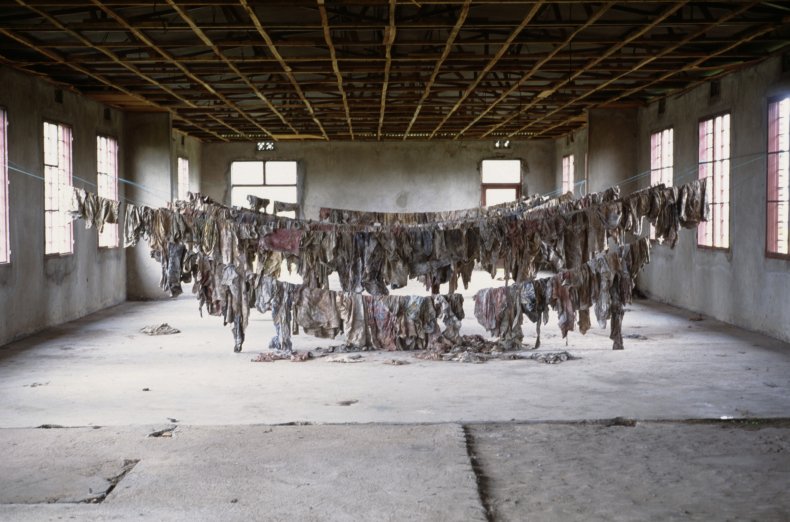
The clothing of victims on display at the Murambi Genocide Memorial, Rwanda. 50,000 members of the Tutsti tribe were murdered at the former technical school the Murambi Genocide Memorial now stands on.
Christophe Calais/Corbis Historical
Murambi Genocide Memorial, Rwanda
One of six national sites immortalizing the Rwandan genocide, the Murambi Genocide Memorial houses the remains of 50,000 members of the Tutsi community who were slaughtered at the site during the Rwandan Civil War. The group was taking refuge at a technical school that was under construction when it was overrun on April 21, 1994.
Opened a year after the massacre, the museum showcases the partly decomposed bodies of 800 victims, who were exhumed, mummified in lime and put on display—including infants and children.
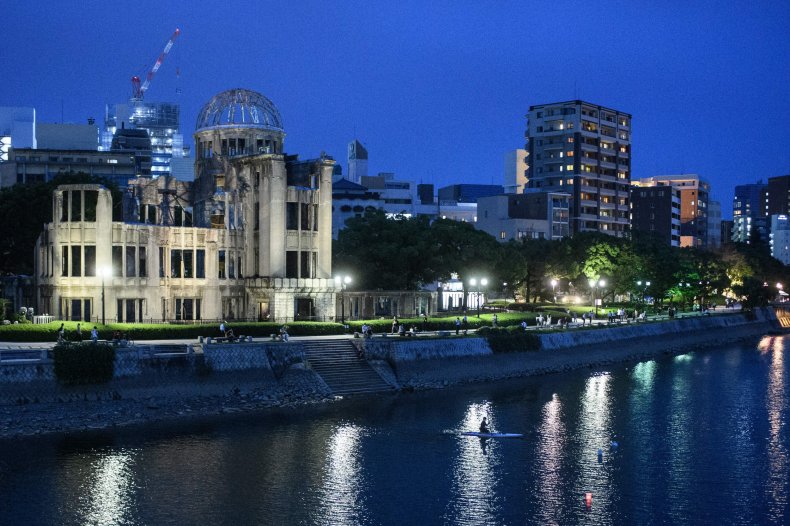
The Atomic Bomb Dome at the edge of the Motoyasu River in Hiroshima. Now known as the Atomic Bomb Dome, the Product Exhibition Hall was reduced to a shell during the 1945 nuclear attack on Hiroshima.
Philip Fong/AFP
Hiroshima, Japan
When the United States dropped an atomic bomb on Hiroshima on August 6, 1945, 80,000 people were killed instantly and 70 percent of the city’s buildings were destroyed. Thousands more succumbed to injury and radiation poisoning in the following weeks, with the majority of the dead civilians.
The Hiroshima Peace Memorial Park was conceived four years later, as the city had begun to recover, and showcases the shell of the Atomic Bomb Dome (formerly the Product Exhibition Hall) and a Peace Pagoda. The site has over a million visitors annually, and serves as a memorial to the victims and a reminder of nuclear war’s devastating effects.
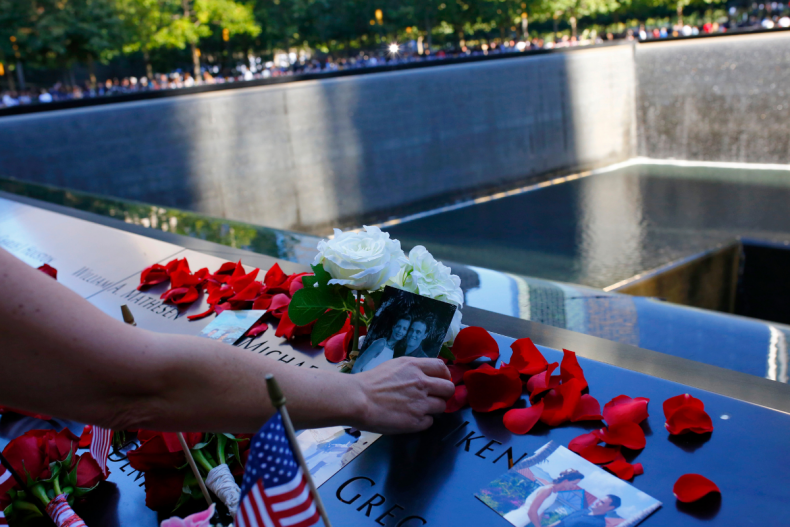
Monica Iken placing a photo and flowers on the name of her husband Michael Patrick Iken at the 9/11 Memorial in New York. Over 10 million people have visited the 9/11 Memorial and Museum since 2014.
Michael M. Santiago/Getty Images North America
9/11 Memorial and Museum, New York
The 9/11 Memorial and Museum in New York honors the victims of the 1993 and 2001 attacks on the Twin Towers. Located on the former site of the World Trade Center, the museum uses authentic artifacts, images and video footage to tell the story of the attacks as well as to share personal tales of loss and recovery from the families of victims and survivors.
Over 10 million people have visited the museum since it opened in 2014, but tourists flocked to the site long before the memorial was established—in the years following the attacks, an estimated seven out of 10 vacationers in New York City visited the ruins of Ground Zero.
In all, nearly 3,000 people died in the September 11, 2001 attacks.
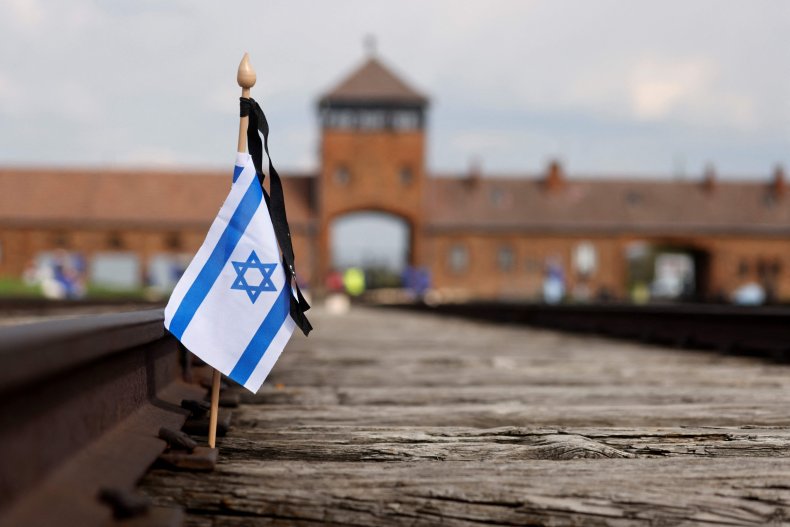
A close-up of a flag with the Star of David in front of Auschwitz-Birkenau, Poland. 155 buildings and 300 ruins are still standing on the site of Auschwitz-Birkenau, near Oświęcim, Poland.
WOJTEK RADWANSKI/AFP
Auschwitz-Birkenau, Poland
One of history’s largest death camps, more than a million people died at Auschwitz between 1940 and 1945. About 960,000 of those people were Jewish, while other victims were persecuted due to their sexual orientation, political beliefs, religion or ethnicity.
Some 155 buildings and 300 ruins are still standing at the site near Oświęcim, Poland, with two of the three camps—Auschwitz I and Auschwitz II-Birkenau—open to visitors. A tour guide is recommended by the former concentration camp’s visitor guidance, and tourists are asked to behave with “due solemnity and respect.”
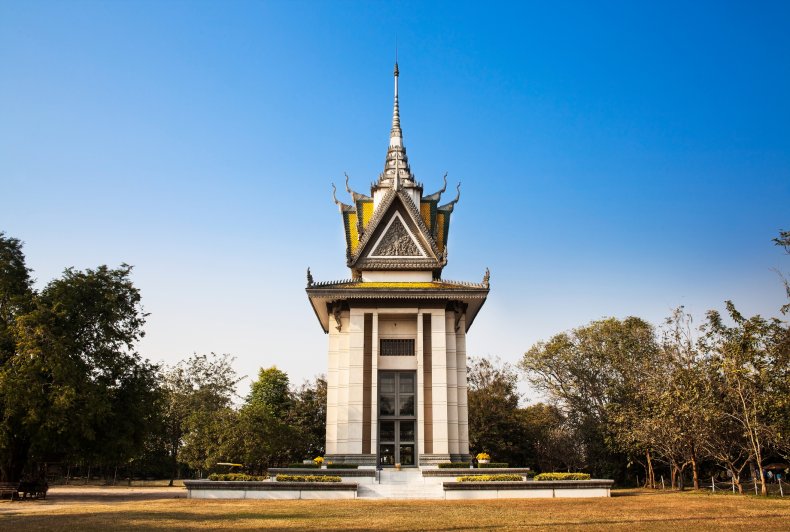
The stupa at the Choeung Ek Genocidal Center, Cambodia. The former orchard is just one of many “killing fields” created during the Khmer Rouge regime, with 129 mass graves on site.
Pipop_Boosarakumwadi/iStock/Getty Images Plus
Choeung Ek Genocidal Center, Cambodia
Once an orchard, the Choeung Ek Genocidal Center in Cambodia contains the mass graves of victims of the Khmer Rouge regime. Located six miles from the capital Phnom Penh, Choeung Ek was just one of many killing fields created during the Cambodian genocide.
Between 1975 and 1979, 17,000 civilians were murdered at the site, with 8,985 of the bodies exhumed in 1980. A 17-story glass stupa houses 8,000 skulls, and while 43 of the 129 graves currently remain untouched, fragments of human bones and clothing can be seen dispersed around the burial grounds.
Informational plaques placed throughout the site explain the journey the victims would have taken during their final days, as well as detailed descriptions of what was discovered in the various burial pits.
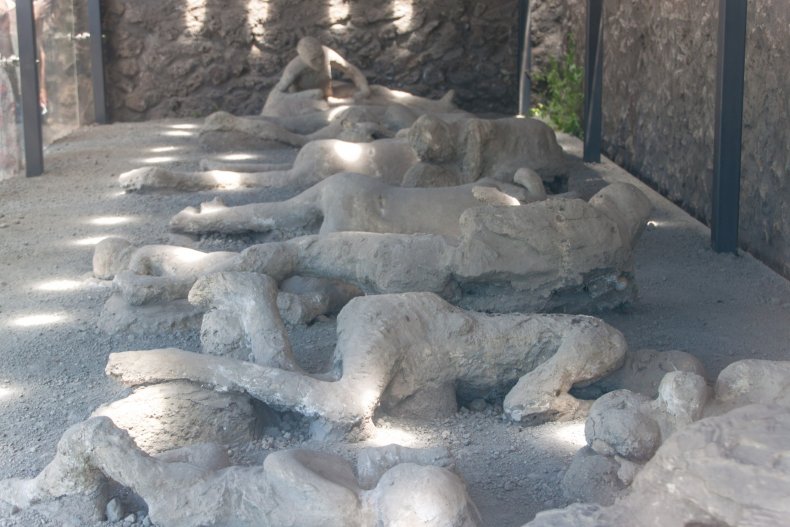
Plaster casts of Pompeii victims preserved in ash. It’s estimated 2,000 Pompeii citizens perished after Mount Vesuvius erupted in 79 A.D.
mathess/iStock/Getty Images Plus
Pompeii, Italy
Pompeii is not only a significant dark tourism destination, but one of Italy’s most popular cultural sites, with almost 4 million people visiting the ruins in 2019. Once a thriving Roman city, Pompeii was submerged under 13 to 20 feet of volcanic ash when Mount Vesuvius erupted in 79 A.D.
Roughly 2,000 citizens died in the disaster, but the millions of tons of ash preserved many of the city’s buildings and artworks, along with the form of the bodies of victims. Although it would take a tourist three days to explore the 525,000 square yard site fully, key sights include the Amphitheater, Forum and the Villa of Mysteries.

